Ferrari 12Cilindri Spider First Drive Review: Versatility in Verde
We drove a naturally-aspirated V12, convertible Ferrari offering maximum involvement but a torrential downpour threatened to spoil the party.
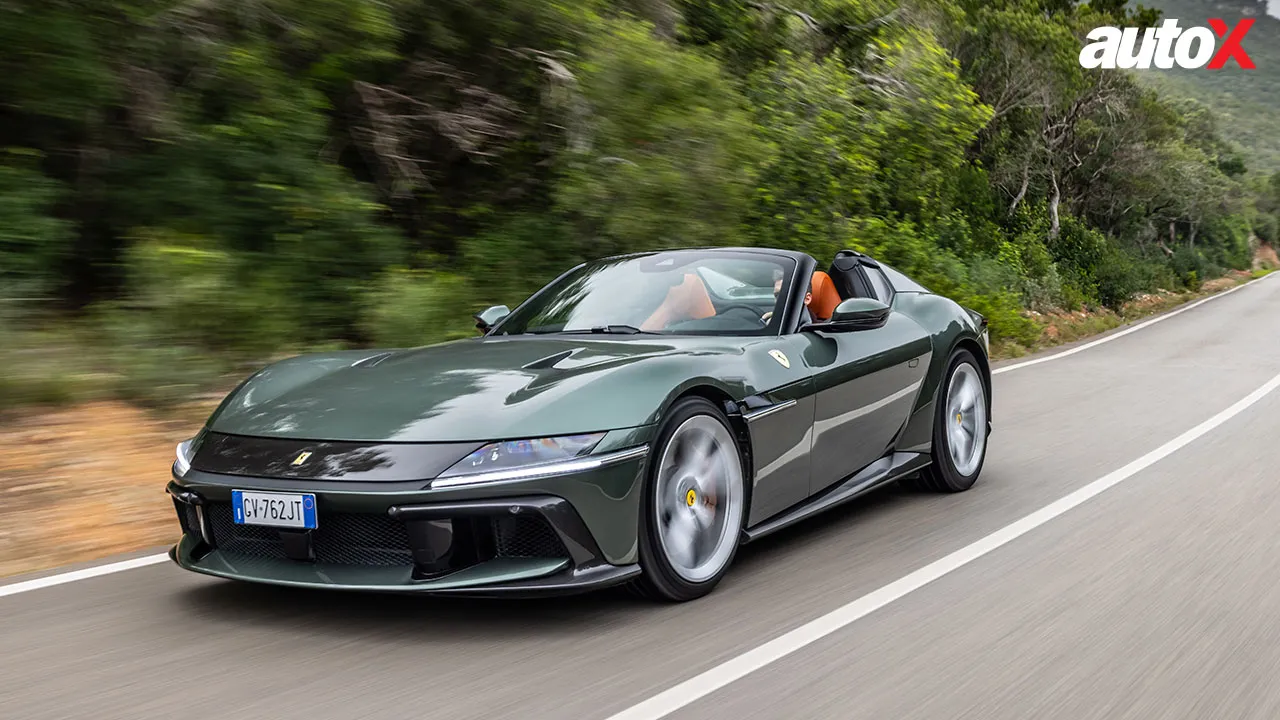
I’m sure I don’t have to tell you that I’ve been waiting for this moment for a long time!
Well, since July 2013 to be exact – that’s the last time I drove a Ferrari V12 convertible. And it just so happens that the Ferrari 12Cilindri is the spiritual successor of this very machine – a 1971 365 GTS, the Daytona Spider, which directly inspired the styling of the front-end of this machine.
At the time, even in my wildest dreams I couldn’t have possibly imagined that over a decade later, on the 16th of April 2024, Ferrari would ensure that the lineage of the front-engined V12 GT would endure, thanks to the 12Cilindri.
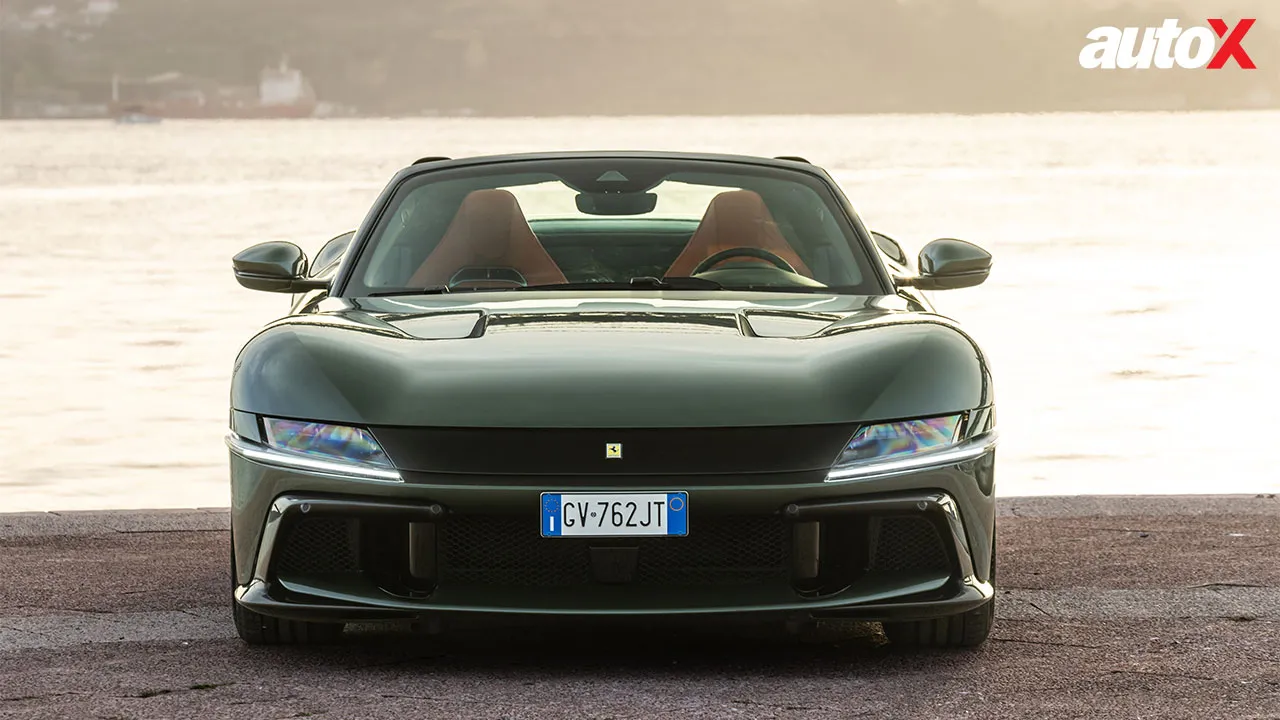
And I certainly couldn’t have predicted that I would be at Maranello on that fateful day, when both the Berlinetta and Spider would be unveiled to an unsuspecting bunch of motoring journalists from across the globe. But that was just the unveil. This would finally be my chance to get behind the wheel – here in Cascais in Portugal, on the western most tip of the European continent.
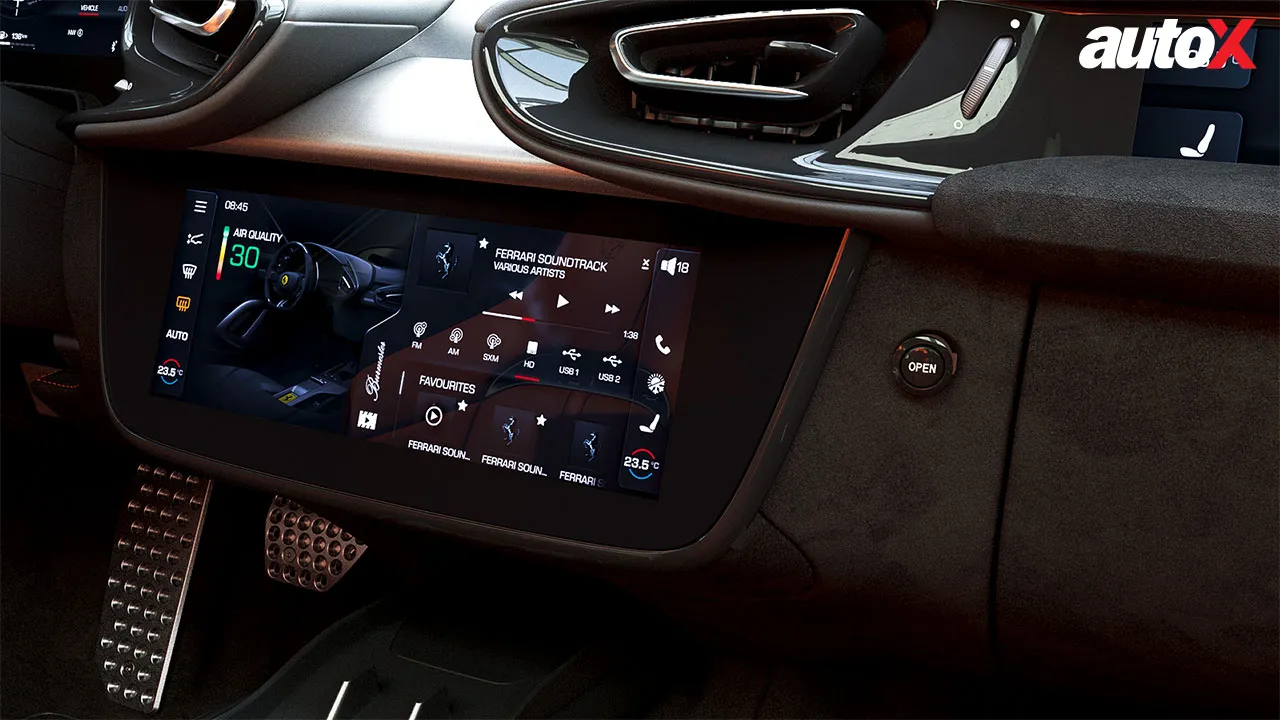
The 12Cilindri Spider was kitted out in its launch livery of Verde Toscana, which was offset perfectly by the black contrasting trim. And, to my eyes, it’s an absolutely stunning machine – a design that, for some reason, the pictures simply do no justice! It’s clean and elegant, while being muscular and curvaceous at the same time. There’s a timelessness to the design, and I personally think it’ll age very well indeed.
So, what’s all the fuss about?
Well, the name is a dead giveaway – the car is pronounced Dodici Cilindri, which literally translates to 12 cylinders in Italian. The engine was so important to this machine – so central to Ferrari in fact – that they decided to name this car after its engine configuration. You see, across the industry, engines are either being downsized and turbocharged or hybridised, or both, so the idea of a naturally aspirated V12 is not just truly alluring but also incredibly courageous from the Prancing Horse.
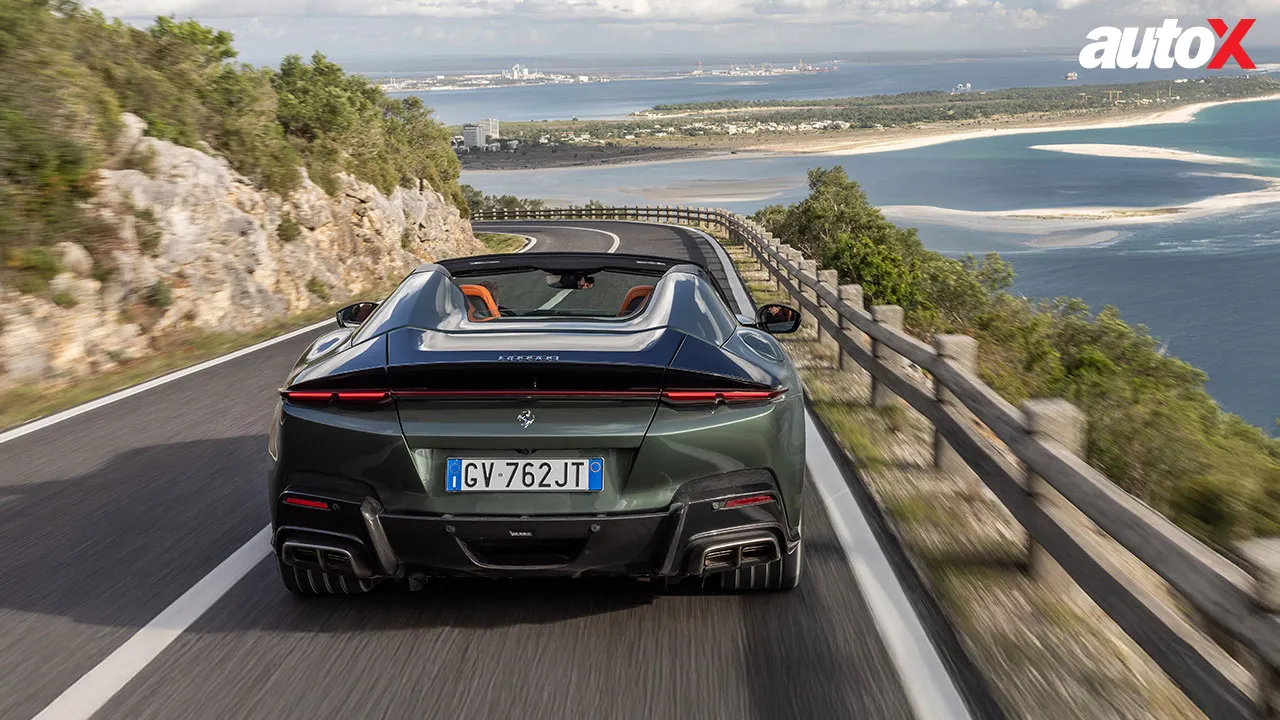
Now that’s not to say that Ferrari hasn’t also gone down the turbo and hybrid route already – in fact, with its performance flagship, the SF90, it’s attached a pair of turbos to a V8, not to mention added a battery pack and a set of motors to give it 1,000 horsepower and all-wheel drive. Meanwhile, in the achingly beautiful and spectacularly fast 296, it’s even gone down the V6 route (which is also turbocharged and hybridised) for the first time since the Dino in the 60s. And, of course, it’s also heading down the EV route, with its first all-electric supercar that will be revealed later this year.
But Ferrari also wants to retain the essence of its GT cars from the 50s and 60s, which is where the 12Cilindri comes in. And so, this successor to the 812 Superfast gave up its ultimate performance throne to the SF90 and instead embraced its GT roots to make the most of the V12 under the bonnet – which can be both incredibly refined but also insanely explosive, depending on what you do with your right foot.
So, what’s under the hood?
Now, we’ve been over the specs before, but it bears repeating – it’s a 6.5-litre V12 that produces a scarcely believable 128bhp per litre for a total power output of 818bhp at 9,250rpm and 678Nm at 7,250rpm. It redlines at, brace yourself, 9,500rpm, and it’s so incredibly smooth, plus it revs so fast thanks to its titanium conrods, that you can get up to the redline and not even know it unless you’re looking at the digital tach on the instrument cluster.
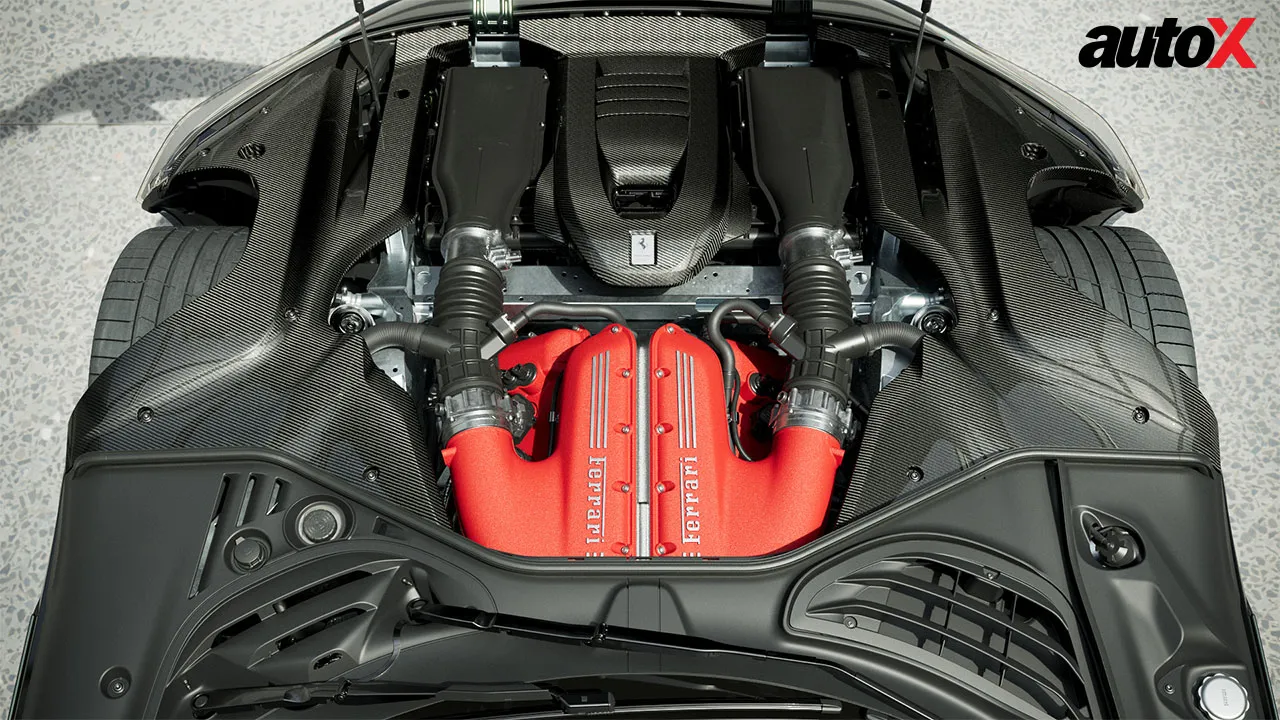
Yes, it reaches 100km/h in 2.9 seconds and 200km/h in 7.9 seconds from a standstill, but it also has a cabin outfitted with the finest handstitched Italian leather and all the tech you can possibly imagine. It gets three displays – one for the instrument cluster, one for the central screen, where you can connect your phone, and the third is a passenger screen integrated into the dash, so your unsuspecting co-driver can keep an eye on the revs as he or she hangs on for dear life.
Of course, in true Ferrari fashion, it’s got massive gear shift paddles mounted to the steering column – as opposed to onto the steering wheel – which is just how I like them because you always know where they are. The steering wheel has wiper controls and indicator buttons, as well the famous Manettino switch, which you use to control the driving modes. But it also has a very innocuous button on a panel off to one side of the steering wheel that’s marked HELE, which stands for ‘High Emotion, Low Emission.’ That’s Ferrari-speak for the Auto Start-Stop button. Most cars would have an ‘A’ inside a circle, but that just wouldn’t do on a Ferrari. But the thing is that it’s not contrived in the cabin of this car. It’s simply a result of the Ferrari mindset of passion and precision. Of course, they strive for absolute performance and aim for perfection, but at the heart of every decision is emotion – the emotion it evokes when you interact with the machine. And you get a sense of that ethos from everyone who works at Maranello, regardless of whether that person is in his or her first week or a veteran who’s been there for decades.
So, what’s it like from behind the wheel?
Well, I would love to tell you that I spent my time in the 12Cilindri Spider bouncing off the 9,500rpm rev limiter, but in fact we were met with a torrential downpour that felt less like Southern Europe and more like South Mumbai in the monsoon. But what these conditions did was usher in a complete revelation in terms of just what this Ferrari GT is capable of.
You would imagine that an 800+ horsepower rear drive beast would be a terrifying experience in the pouring rain – especially on the tight and twisting coastal roads of Portugal, but in in truth, with the Manettino set to ‘Wet,’ it was almost as docile as a Fiat Panda. But the minute you bury your right foot into the carpet, it quickly turns into a thoroughbred stallion – but never a bucking Bronco. You can see the traction control button flashing away on the dash as you try and overwhelm the rear tyres, but the electronics are so well calibrated that it modulates the power perfectly to match the prevailing levels of grip. Sure, you can always get in over your head with that much power on tap but show a little restraint and the 12Cilindri will humour and entertain you in equal measure.
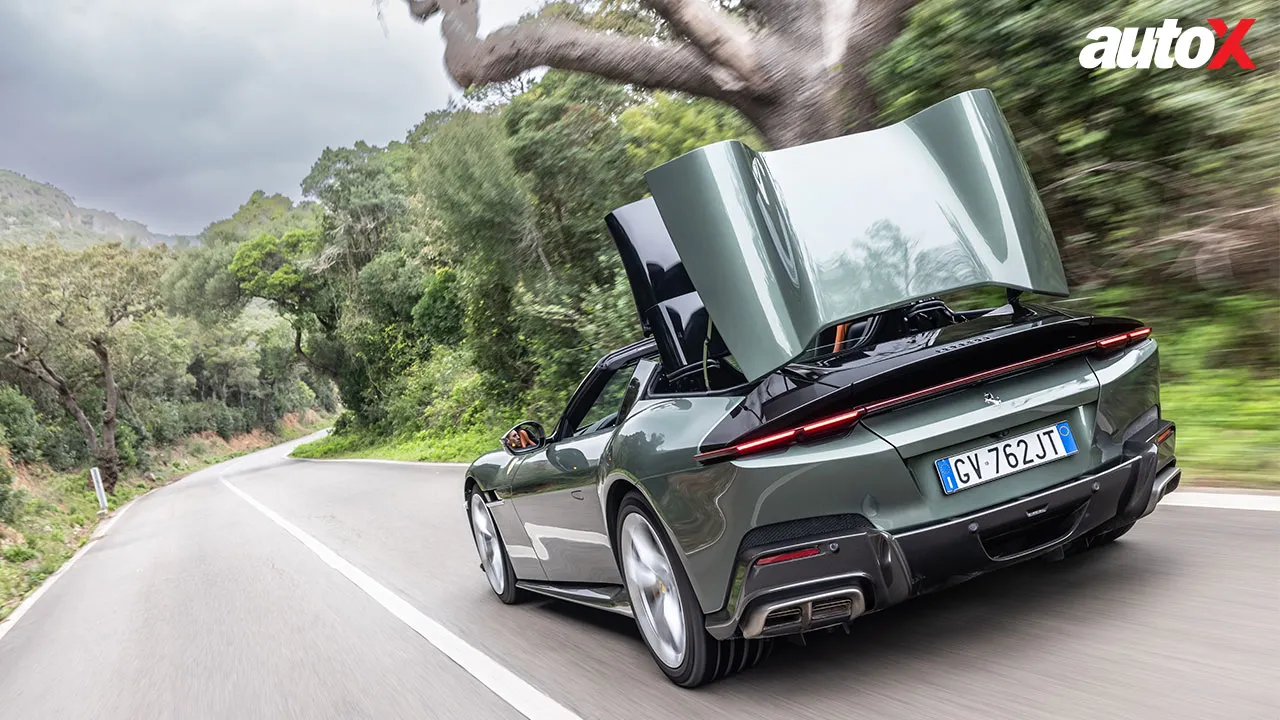
Of course, any opportunity I got between the near incessant showers, I dropped the top to hear that V12 howl. Sure, it’s slightly muted because of a pair of catalytic convertors and petrol particulate filters, but in ‘Race’ mode, with the flaps in the exhaust open, it’s enough to make your hair stand on end and send chills down your spine. But, really, what stands out in this car is its sheer poise and balance. No one does cohesion quite like Ferrari. Sure, a lot of manufacturers do power and speed quite well, but no one does it with this much style and finesse.
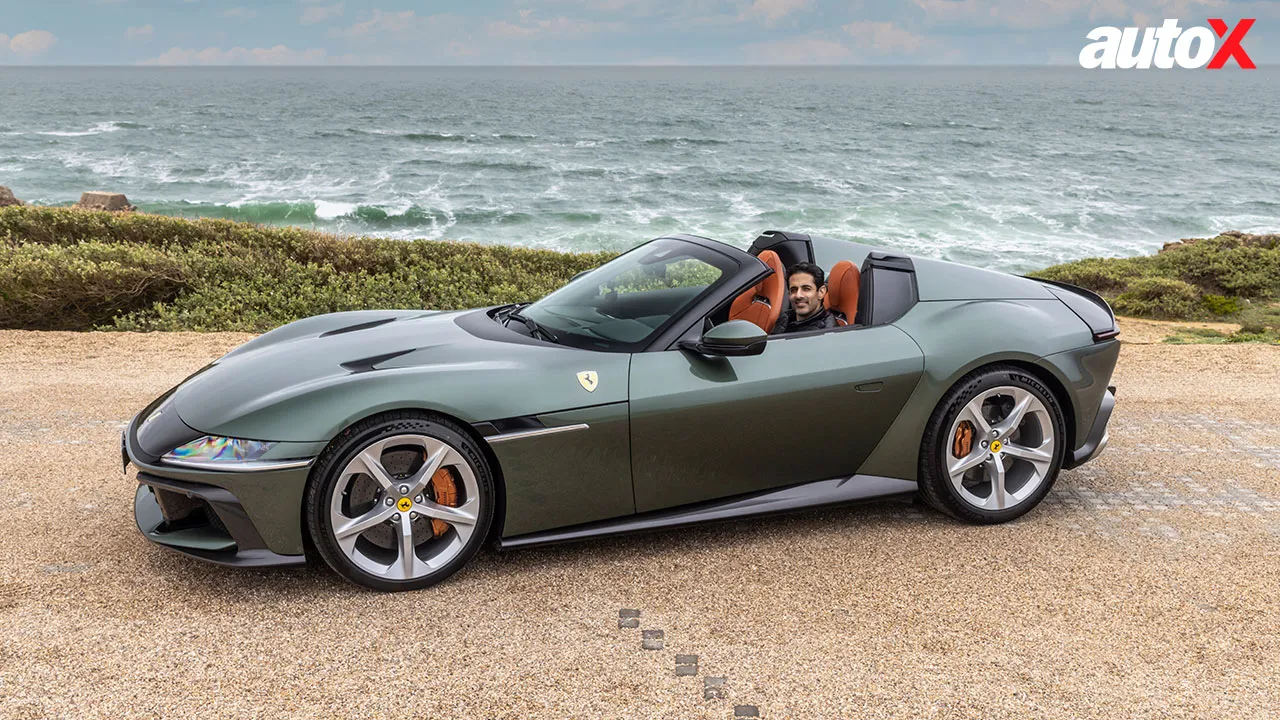
So, what you’re getting in the 12Cilindri is a level of performance & style mated to a versatility & usability that’s simply unmatched. You get bragging rights and the ultimate tech of course, but what really sets this machine apart is its breadth of capability, which is in a league of one. This really is a car that you can drive cross-country to your favourite racetrack, have a blast at the limit, and then drive home again at breakneck speed – in true GT fashion.
Job well done Ferrari! Thank you for flying the V12 flag – may you continue to do so for a long time to come…
Engine: 6,496cc V12 (Dry Sump)
Transmission: 8-speed DCT
Power: 819bhp
Torque: 678Nm
Acceleration: 0-100km/h 2.95 sec
Fuel: Petrol
Price: Rs 9.15 Crore Ex-showroom
X-Factor: Supremely engineered. Stupendously fast. Stunningly beautiful.
|
Pros |
Cons |
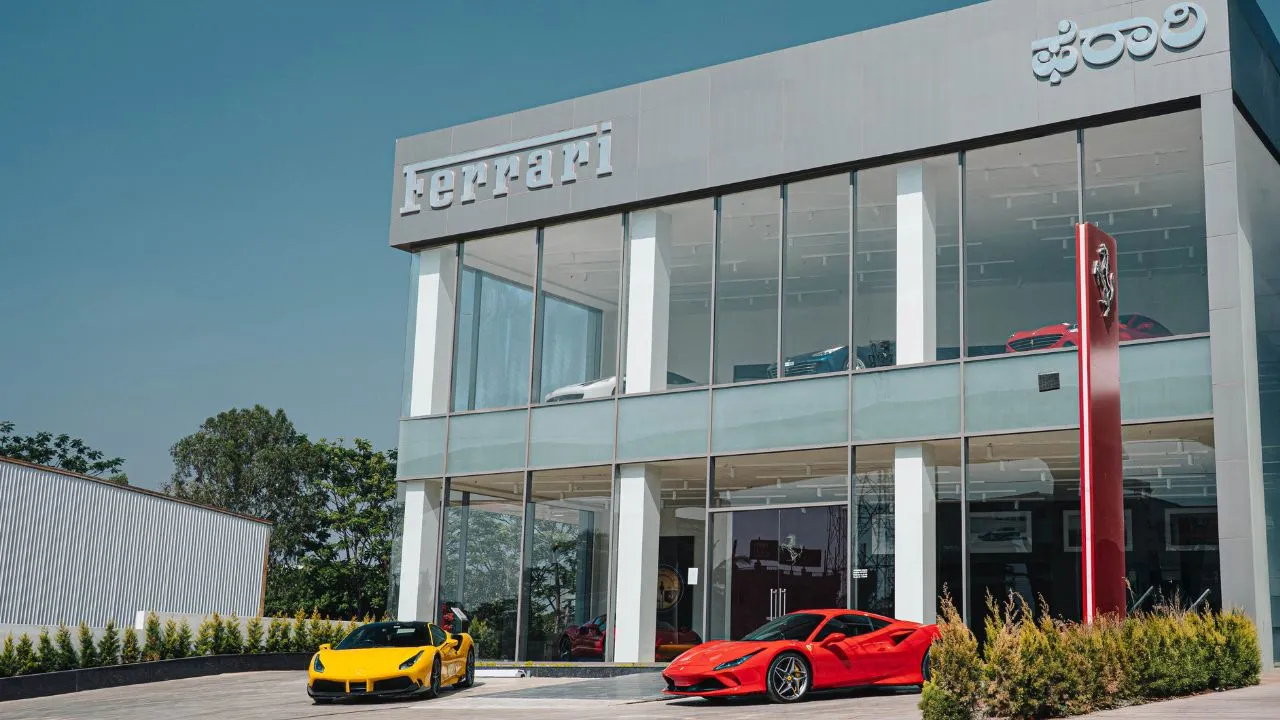

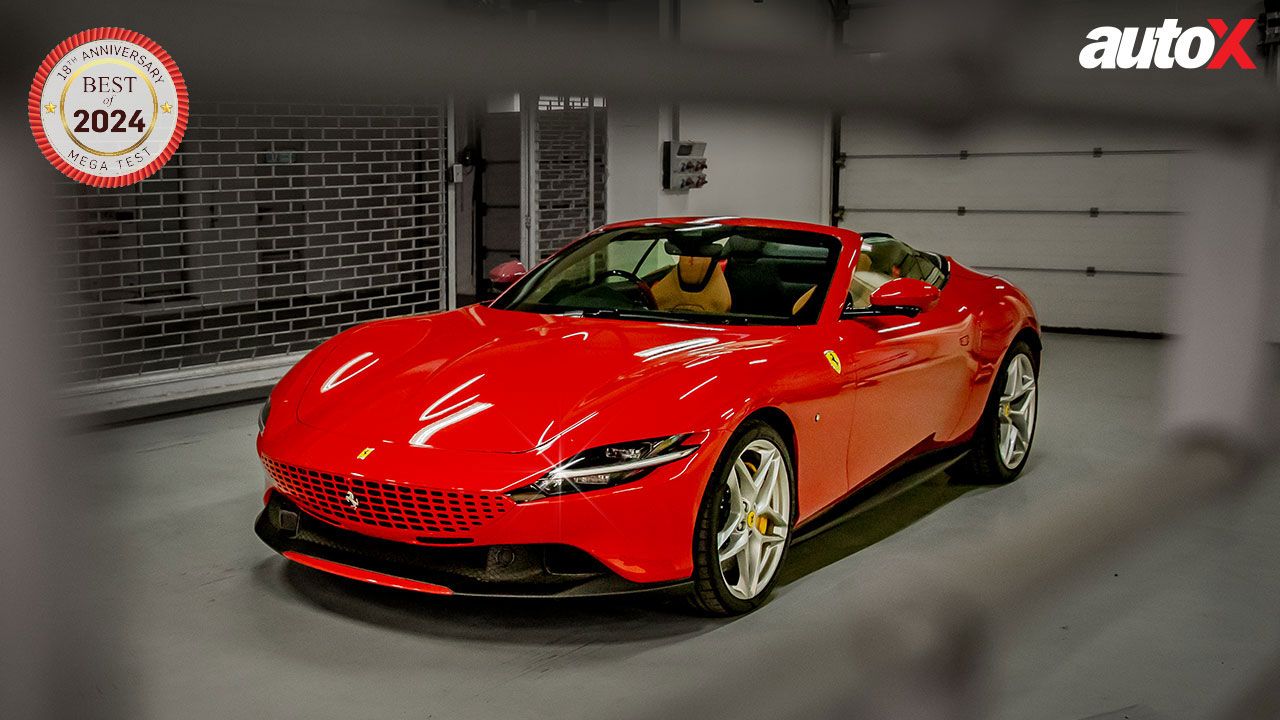


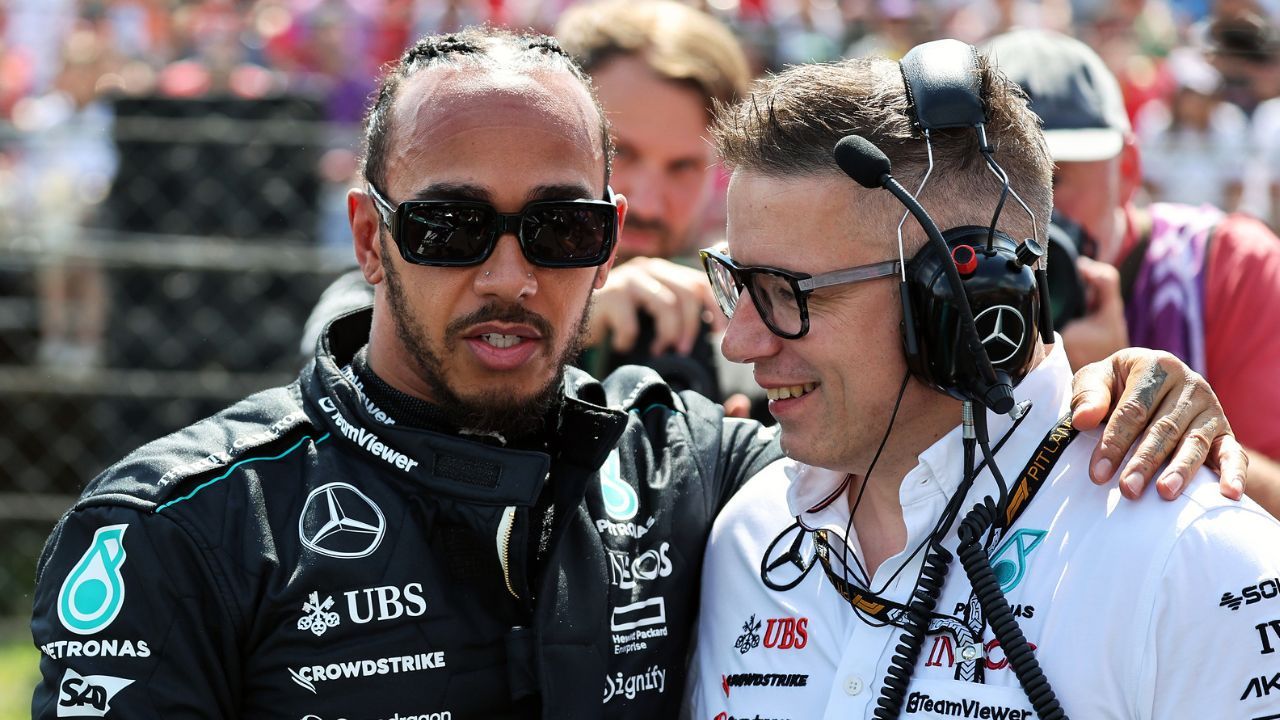

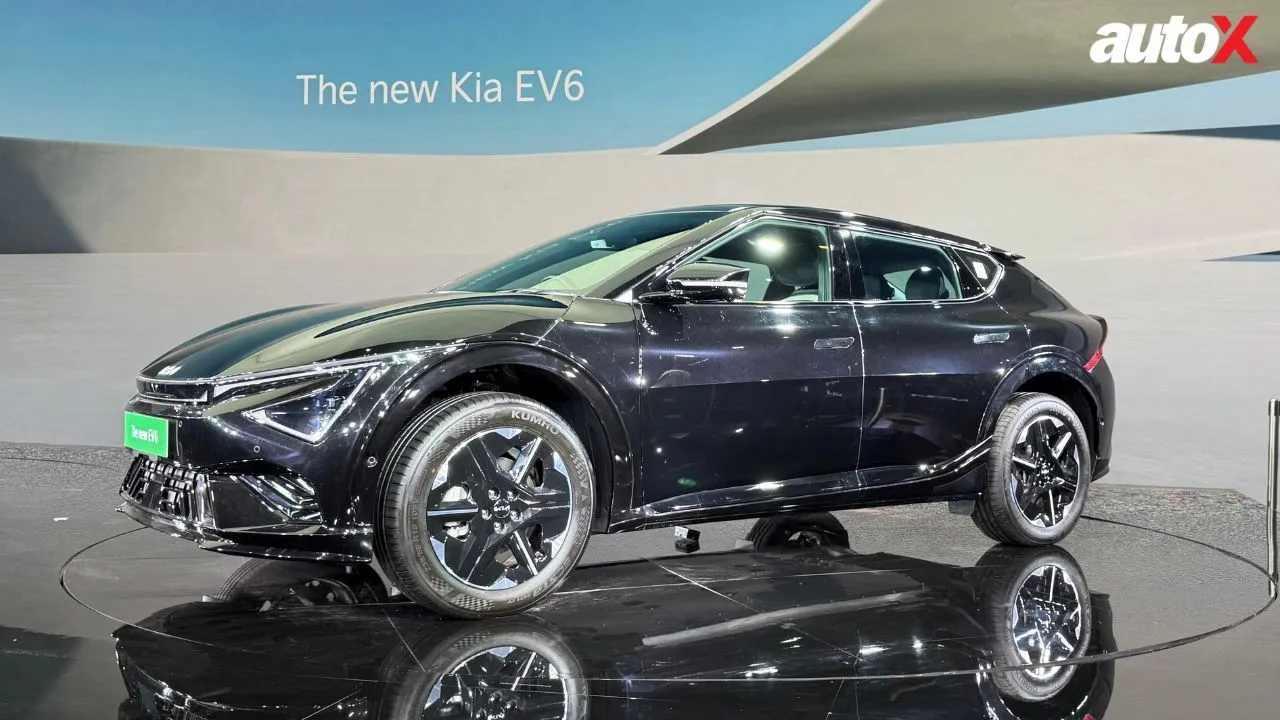
.webp)
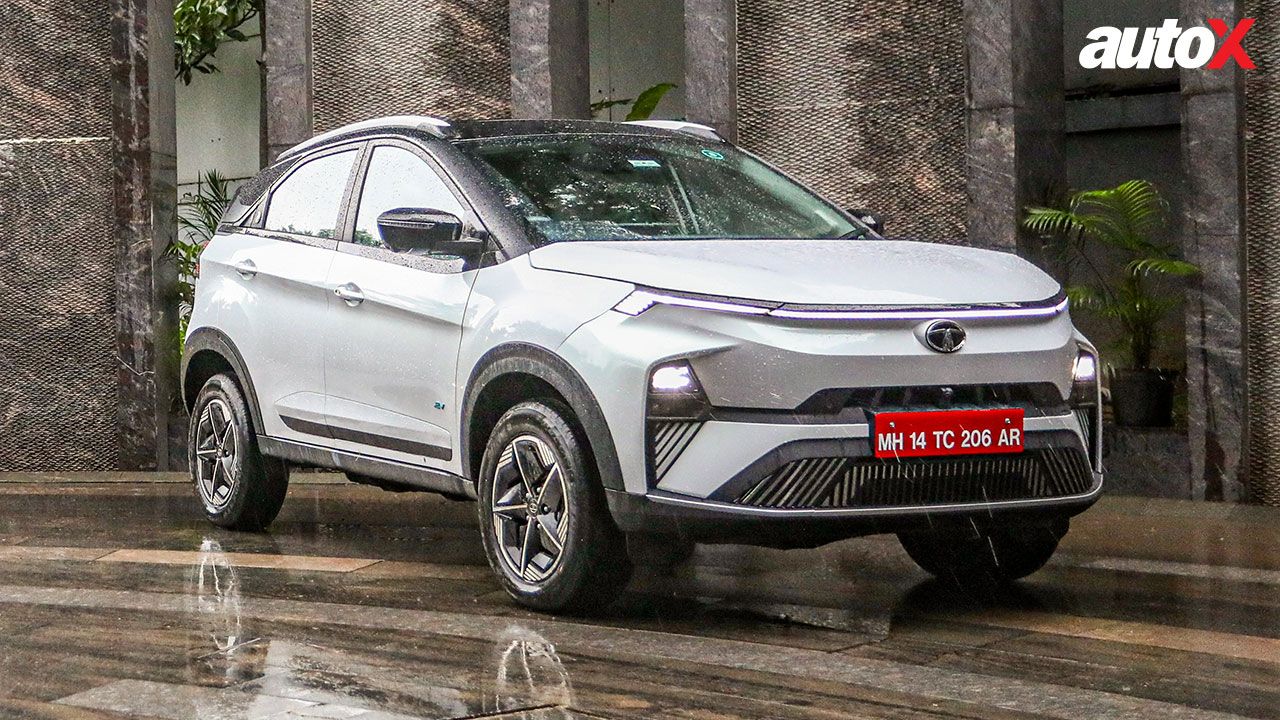
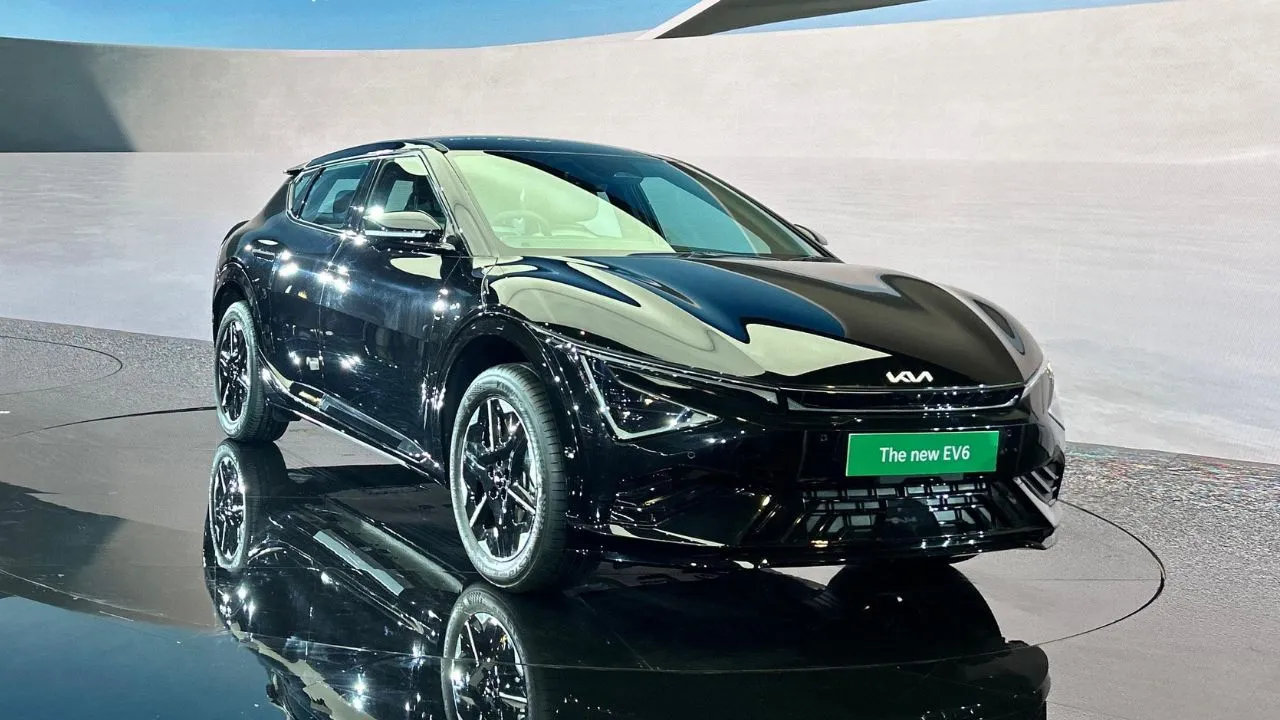

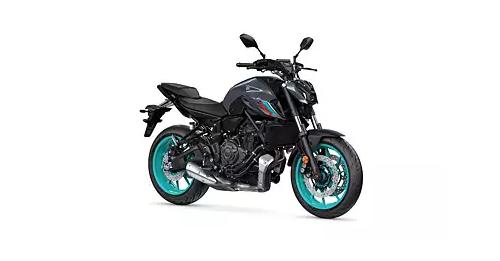
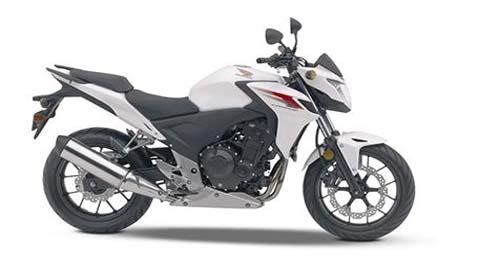
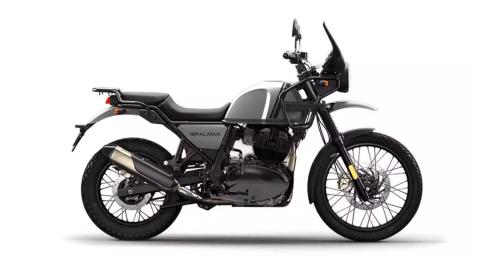
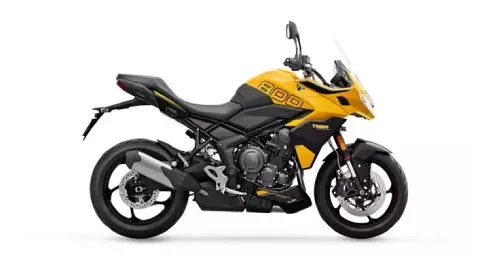














Write your Comment on